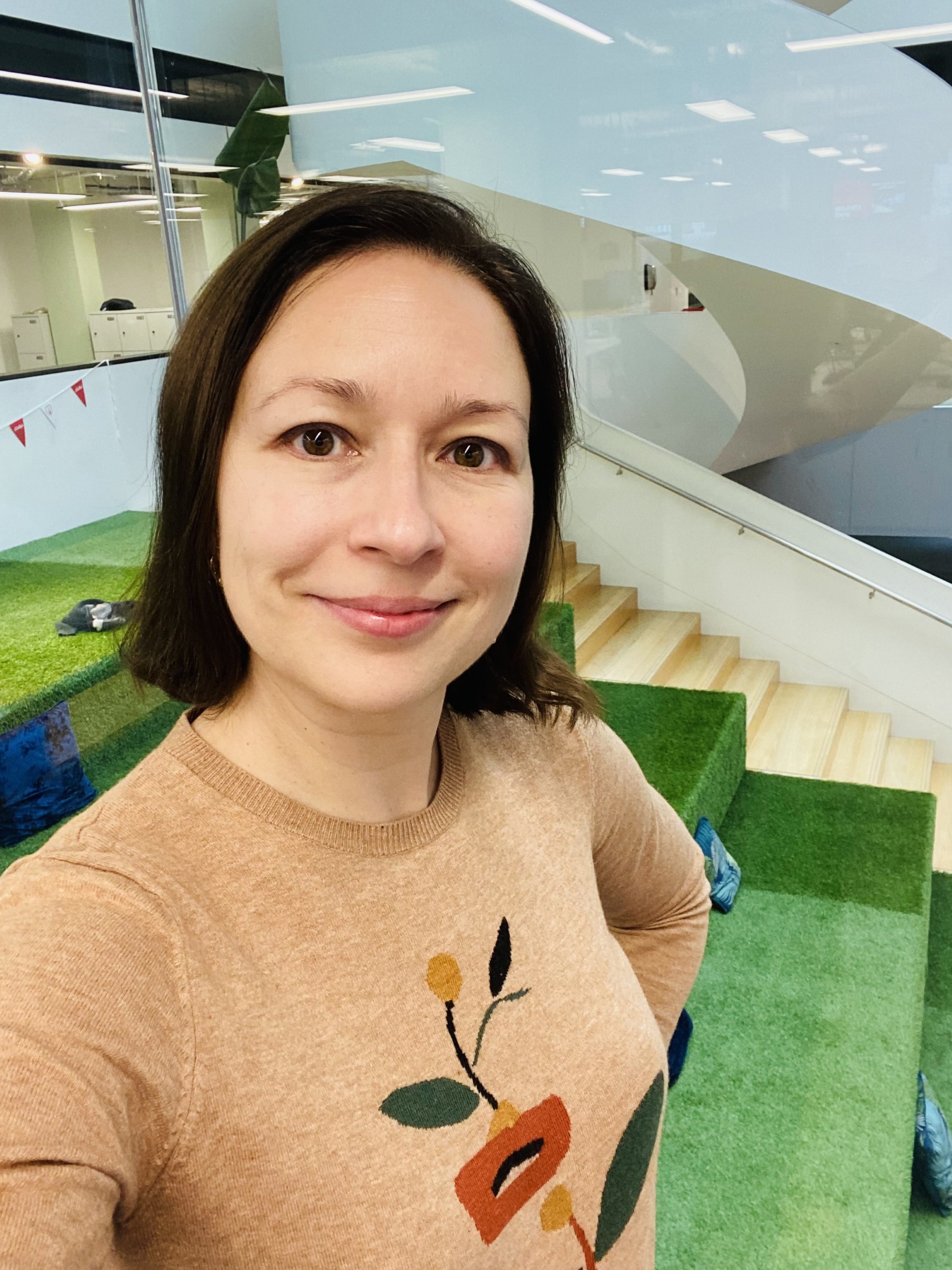Grit, Agility, and Inclusion: The keys to doing the right thing in Employer Branding
- Irina Zavyalova

- Nov 6
- 3 min read
Employer branding has never been clear-cut. Let’s be honest: It’s often misunderstood. For years, we leaned hard on the EVP as if it were the cornerstone of our craft. But in today’s landscape, the EVP alone just doesn’t go far enough. This work is messy, undervalued, and rarely linear. And yet, it’s also one of the most powerful ways to build healthier, more engaging workplaces.
So what do employer brand professionals really need to survive, and thrive, right now? After listening, debating, and reflecting at The EB Space’s EB Uncut conference, here are five realities shaping the future of our work.
Do we still need an EVP?
For a long time, the EVP was considered the holy grail of employer branding, a neat way to package up who we are as employers. But can a strong employer brand survive without one? The truth is, yes. Employer brands can and do thrive without a rigid EVP.
If you are going to craft an EVP, it can’t be a lifeless slogan nailed to the wall. A modern EVP has to show agility, to flex with shifting talent needs and business priorities. Otherwise, you risk being another company in the crowd, the 12th option on your ideal candidate’s list.
The EVP isn’t the end game. It’s one tool among many, and it only works if it’s dynamic, responsive, and alive.
Building resilience in an often lonely job
Employer branding is rarely a team. More often, it’s just you. And some days, it feels like a horrible job. We’re the “garbage collectors,” filtering noise, picking up what others drop, juggling too many moving parts.
That’s why grit and resilience matter. We can’t do everything, and we shouldn’t try. The balance isn’t between good and perfect; it’s between consistency and sanity.
One of the most potent ways forward is to amplify employees’ voices as authentic ambassadors. Their personal brands, stories, and even egos can sometimes do more heavy lifting than a polished campaign ever will.
But the real glue? Relationships. Without strong, genuine connections across the business, the whole thing collapses.
Carving a career without a map
Here’s the thing: no one graduates as an “Employer Brander.” We become them. There’s no clear career path, which can be daunting and liberating.
Employer Branding is a team sport; depending on the day, you’ll find yourself playing very different roles. Sometimes you’re the kit man, quietly keeping things running. Other times, you’re the coach, setting strategy and influencing from the sidelines. The role shifts based on your experience, your company’s maturity, and the leadership style around you.
Employer Branding can live in Comms, Marketing, HR, or TA, but that’s not what matters. What matters is the drive to help people make better career decisions and the belief that workplaces can be healthier and more engaging. Flexibility, adaptability, strong relationship-building, and a healthy dose of creativity are the teammates that will carry you forward.
Embedding inclusion as Core, not Cosmetic
Inclusion is no longer optional. But it’s often misinterpreted. Inclusion isn’t about checking boxes or even about fairness in the traditional sense. It’s about value.
When we design employer branding with inclusion at the core, diversity shows up as an outcome, not a surface-level campaign. The real power lies in cognitive diversity: how people think, create, and solve problems.
To truly embed inclusion into employer branding, anchor it in purpose. Connect it to your company’s “why,” and always lead with integrity. This is what builds trust and belonging.
AI: from Threat to Thrill
There’s plenty of noise about whether AI is going to replace us. But in the employer brand world, AI is best seen as a teammate, not a threat. Used well, AI helps us scale creativity, empathy, and even strategic thinking. It shifts us from order-takers to more strategic players. But we must learn and unlearn to play as a team with AI.
Learn AI literacy, prompt engineering, and data fluency. Learn to experiment and accept that sometimes it will feel overwhelming. Learn that “safe” and “generic” messaging no longer works, that six-month projects may be too slow, and that automation can’t fix broken processes.
At its best, AI changes how we work, from streamlining admin to enhancing content creation to improving candidate research. It won’t replace the human side of employer branding, but it will accelerate the work if we let it.
Closing thoughts
Employer branding today isn’t about frameworks or formulas. It’s about adaptability, resilience, inclusion, and embracing tools that help us thrive. There’s no playbook for this career path - and that’s the beauty of it.
We become Employer Branders by embracing grit, building relationships, and finding creative ways to elevate the employee voice. If we treat AI as a teammate, not a threat, we might just turn the challenge into a new thrill - and play the game at a higher level.



Comments